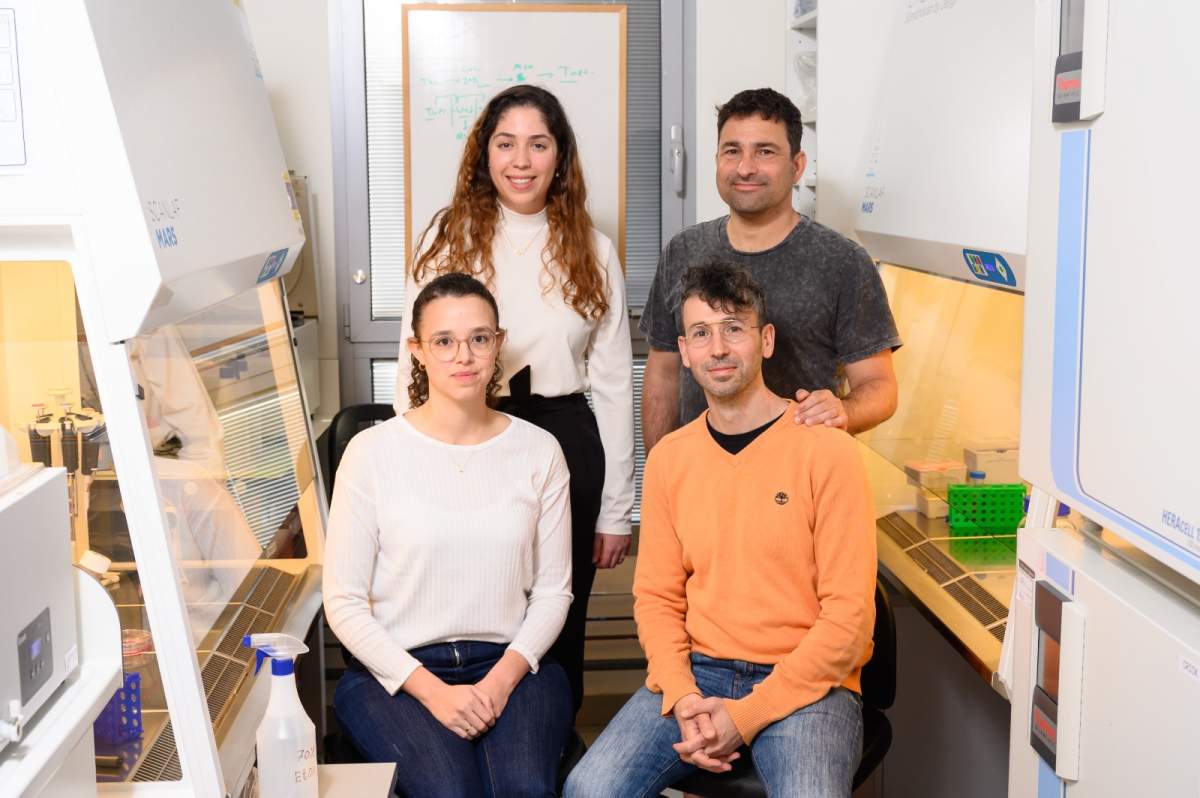Life sciences have never been more digital. To learn more about life processes, biologists are collecting massive quantities of data that computer scientists analyze by means of sophisticated computational models that they develop. Over the past few years, Dr. Ori Avinoam of the Biomolecular Sciences Department at the Weizmann Institute of Science has been grappling with one unresolved biological conundrum: How do stem cells generate new muscle fibers? In his search for an answer, Avinoam turned to his friend Dr. Assaf Zaritsky from the Software and Information Systems Engineering Department at Ben-Gurion University of the Negev, and together they started developing a machine learning model capable of tracking this complex biological process. As the researchers reported recently in Molecular Systems Biology, their model could attach numerical scores to each cell in the course of its unique maturation - and this allowed them to define a novel regulatory checkpoint in this process.
The stem cells from which muscle tissue develops are created in the embryo, but a few of them are still present in adult muscles. These cells are dormant most of the time, but during growth, strenuous physical activity or injury they leap into action. At the first stage, the stem cells divide in order to increase their numbers. They then stop dividing and undergo what is known as differentiation - a part of the maturation process in which cells specialize in performing a unique function and acquire traits necessary to fulfill it. In the case of muscle tissue, the differentiating stem cells become elongated, begin to synthesize the protein fibers that give muscles their characteristic ability to contract and then migrate to wherever the tissue is regenerating. Once they arrive at their destination, they fuse together to form one long cell, known as muscle fiber. A collection of these cells is what makes up the entire muscle. Until now, however, scientists have had difficulty understanding how stem cells progress along this path of specialization and what causes them to move from one stage to another.







